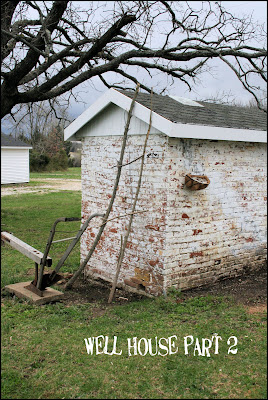
Thursday, June 4, 2009
Friday, May 15, 2009
Tuesday, March 31, 2009
Thursday, February 19, 2009
Dreams of a courtyard
Courtyards—private open spaces surrounded by walls or buildings—have been in use in residential architecture for almost as long as man has lived in constructed dwellings. The earliest known courtyard houses were built in Iran and China and date as far back as 3000 BC Courtyards have historically been used for many purposes including cooking, sleeping, working, playing, gardening, and even places to keep animals.
I looked around trying to find the one thats in my dreams at night
there were a few puctures that had certain elements.

I looked around trying to find the one thats in my dreams at night
there were a few puctures that had certain elements.

Wednesday, February 18, 2009
Fragrant Peonies
 Most herbaceous types are hardy from Zone 8 to Zone 2, with some exceptions.
Most herbaceous types are hardy from Zone 8 to Zone 2, with some exceptions.Soil and light: Peonies grow two to four feet tall and thrive in sunny flowerbeds and well-drained soils. Although they tolerate a wide range of soil types, you'll have the best success with good soil rich in organic matter.
Feeding: These perennials are heavy feeders, but whether or not you need to add fertilizer depends on the type of soil you have. Clay soils tend to be more fertile than sandy soils. With sandy soils, adding nutrients will help ensure your plants thrive.
It's better to use compost or well-rotted manure to feed perennials than chemical fertilizers. Top dressing around your peonies each fall with compost does a lot to improve the soil structure as well as its nutritional content, however, don't dump the compost directly on the crown of the plant, but rather in a circle around the plant.
If compost isn't available, use a granular fertilizer higher in phosphate and potassium than nitrogen and scratch it into the soil around the crown in early spring and fall.
Peony care - division
This is a perennial that rarely needs division - a peony clump will grow happily in same garden spot for many years. However, if you notice that your plants have stopped flowering well, they may have become shaded out by nearby trees and shrubs or become overcrowded.
To divide them - the best time to do this job is in the early fall - carefully dig out the clump and wash away the soil to expose the eyes. With a clean, sharp spade or knife, divide the clump into sections, making sure that each division has three to five eyes and good roots. Replant your divisions as quickly as possible

Thursday, February 12, 2009
Subscribe to:
Posts (Atom)




































































